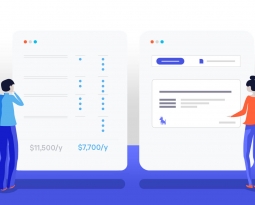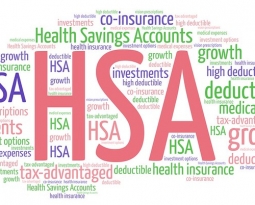
Why Did My 2016 Premium Increase? And What Should I Do?
Everyone Pays More…
Members are experiencing sticker shock as they receive letters from their current health insurers alerting them of premium increases for 2016. In fact, the average premium increase for a benchmark silver plans in the AZ is 12%; which, for a family of 4 could amount to an extra $1,200 per year for the exact same plan and limiting the provider network.
What is my premium, anyway?
Your premium is the monthly amount you pay to your health plan to be insured, regardless of whether you use your plan or not. Premium varies among the population – generally, the more you pay for your plan each month, the more care it will cover when you utilize medical services.
Since the Affordable Care Act became law, health insurers cannot charge you more based on your health status or medical history. Premiums are set based on the projected medical costs of the insured group as a whole (everyone buying the same plan as you), known as “risk pooling.” This allows insurance companies to spread high health costs over a large number of people. Yep! You people that do not have any claims, are paying for someone else’s medical bills.
Why is my premium increasing this year?
Because the majority of premium payments go towards paying medical claims, the major factors are the insurers’ costs from the previous year, the composition of the risk pool, enrollment growth, and enrollment competition between insurance plans. I must note: this is meaty, complex stuff. The limited information below is designed to give you a broad and general understanding of what’s going on, but other factors come into play when determining rates vs risk.
- Costs in 2015 were higher than expected: Insurance companies price plans for 2016 based on what they experienced in 2015. Many companies faced higher costs than expected and some even experienced losses, United HealthCare for an example. That, combined with expected increases in projected medical costs are reasons for increased premiums for 2016.
- Composition of the risk pool is unclear: The premium rates for 2016 represent the first year where insurers were able to set premiums based on actual claims data from ACA enrollees. The problem: insurers were only working with partial data from 2014, because many enrollees did not buy coverage until mid-year. Additionally, the demand for healthcare services was not necessarily representative in 2014. There was likely pent-up demand for services among people who were previously uninsured or denied due to medical history and/or pre-existing conditions. The first people to take advantage of the ACA were likely those with pre-existing conditions, meaning as the pool of insured people increased, so did the claims or risk of the pool.When a risk pool attracts people with proportionately worse health status, that plan will have to increase its premiums to cover the costs. What happens when the risk pool increases? So does your monthly premiums to off-set the added claim utilization.
- Cost-sharing programs between insurers and phasing out: The government projected an increased risk pool for the first few years of the ACA, so they included 3 programs (2 of these temporary) to mitigate this risk and hopefully decrease premium increases.
What should you do about premium increases?
You must shop around and switch plans to avoid these premium increases in 2016. The health marketplace is competitive: people who had the cheapest plan last year are seeing a big increase, while some of the higher priced plans from last year are the least expensive in 2016.
What if I don’t apply by 1/15/16 for Coverage 2/1?
You will need to wait till next year and to avoid paying penalties on taxes, it is imperative to enroll for coverage during the open enrollment timeframe. Be aware that the penalty for being uninsured in 2016 is the higher of these amounts: 2.5% of your yearly household income OR $695 per person ($347.50 per child under 18).
Bottom Line: You have to do your homework to find savings, and TREK is standing by to make this process as simple as possible. Take a test drive and contact me before it’s too late!








